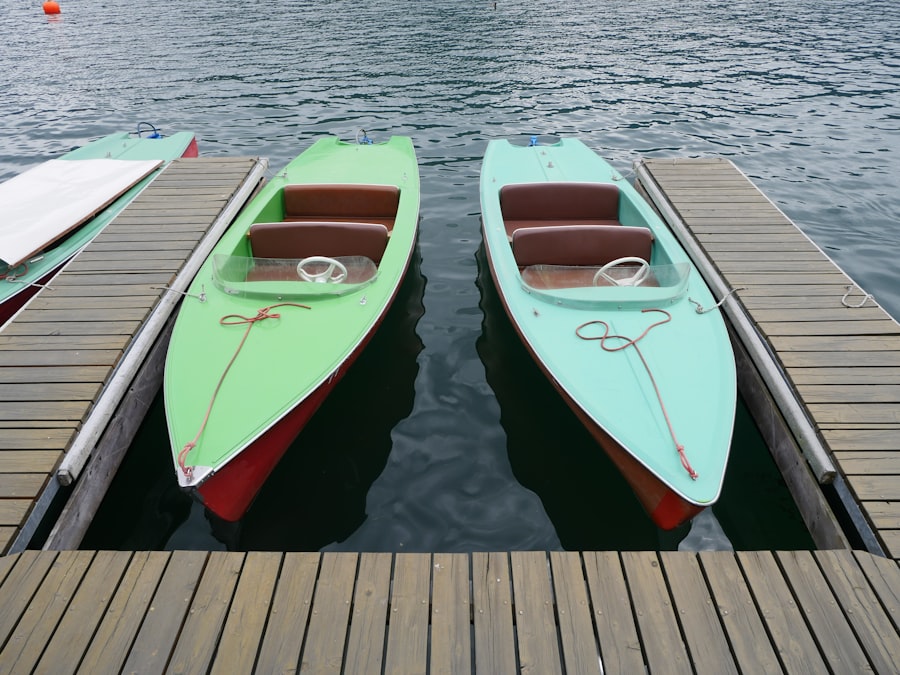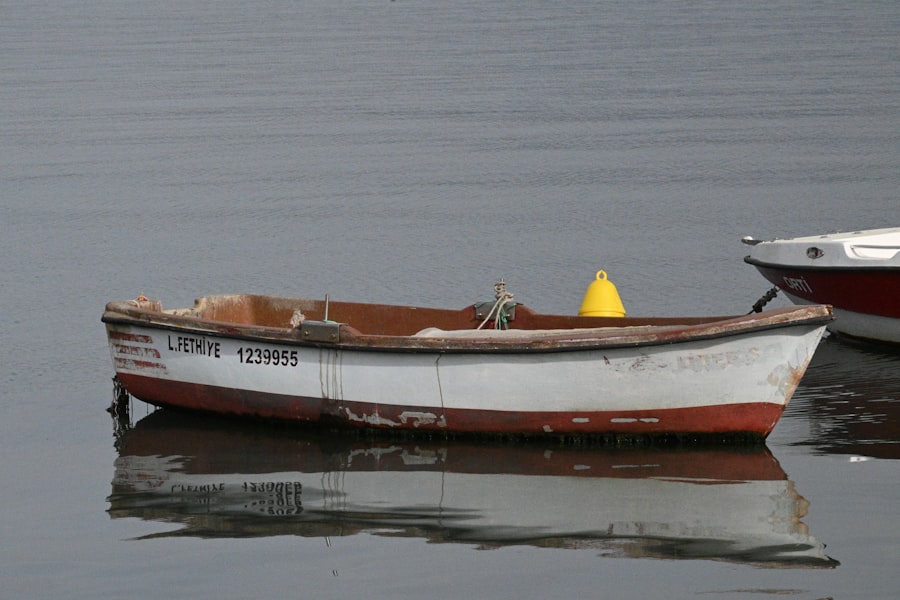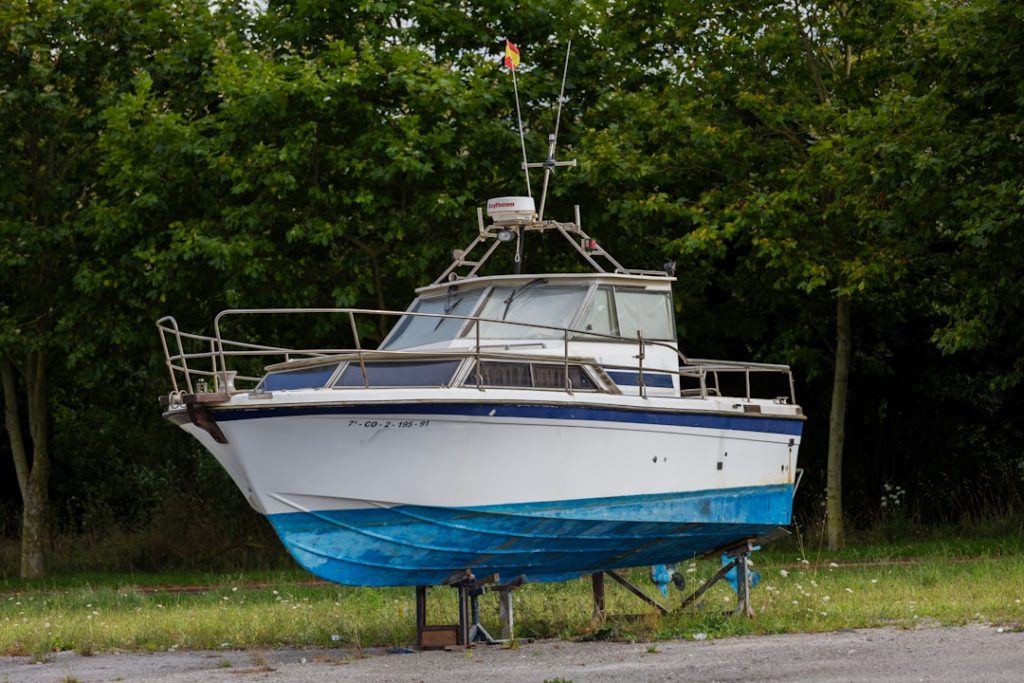When embarking on the journey to purchase an inflatable boat, the first step is to thoroughly understand your specific needs and intended use. This involves a careful assessment of how you plan to utilize the boat, whether for leisurely outings on calm lakes, fishing trips in coastal waters, or adventurous white-water excursions. Each of these activities demands different features and capabilities from an inflatable boat.
For instance, if you envision serene afternoons paddling on a tranquil lake, a smaller, lightweight model may suffice. Conversely, if your aspirations include navigating turbulent rivers or ocean waves, a more robust and durable design will be essential. Additionally, consider the number of passengers you intend to accommodate.
If you plan to enjoy outings with family or friends, a larger boat with ample seating and storage space will be necessary. On the other hand, solo adventurers may prioritize portability and ease of handling over capacity. Understanding your needs also extends to the type of water conditions you will encounter.
Will you be navigating calm waters, or do you expect to face choppy waves? Each scenario requires different considerations in terms of stability, buoyancy, and overall design. By clearly defining your needs upfront, you can streamline the selection process and ensure that the inflatable boat you choose aligns perfectly with your lifestyle and activities.
Key Takeaways
- Identify your specific needs to choose the right inflatable boat type.
- Consider size, capacity, and materials for durability and performance.
- Evaluate additional features and accessories based on your intended use.
- Balance budget with quality to find the best value inflatable boat.
- Follow proper maintenance tips to extend the lifespan of your boat.
Types of Inflatable Boats
Inflatable boats come in a variety of types, each designed for specific purposes and environments. One of the most common types is the inflatable dinghy, which is often used for short trips or as a tender for larger vessels. These boats are typically lightweight and easy to transport, making them ideal for casual outings on calm waters.
They can be powered by oars or small outboard motors, providing versatility for users who may want to explore different areas. Another popular category is the inflatable kayak, which has gained significant traction among outdoor enthusiasts. These kayaks are designed for solo or tandem paddling and are often favored for their maneuverability and ease of use.
Many inflatable kayaks are constructed with durable materials that can withstand rough conditions, making them suitable for both flatwater and white-water adventures. Additionally, there are specialized inflatable boats designed for fishing, equipped with features such as rod holders, storage compartments, and even built-in live wells to keep your catch fresh. For those seeking a more robust option, inflatable rafts are designed for white-water rafting and can handle turbulent waters with ease.
These rafts are typically constructed with heavy-duty materials and feature multiple air chambers for added safety. They often come with reinforced seams and rugged bottoms to withstand the rigors of rocky riverbeds. Understanding the various types of inflatable boats available will help you make an informed decision based on your intended activities and water conditions.
Considerations for Size and Capacity

When selecting an inflatable boat, size and capacity are critical factors that directly impact your experience on the water. The size of the boat not only affects how many passengers it can accommodate but also influences its portability and ease of handling. Smaller boats are generally easier to transport and inflate, making them ideal for spontaneous outings or those with limited storage space.
However, they may lack the stability and comfort needed for longer trips or rougher waters. Capacity is another essential consideration that goes hand in hand with size. Most inflatable boats come with a specified weight limit that indicates how much weight they can safely carry.
It’s crucial to account for not only the weight of passengers but also any gear, equipment, or supplies you plan to bring along. For example, if you’re planning a fishing trip, you’ll need to factor in the weight of fishing gear, coolers, and any additional equipment. Overloading an inflatable boat can compromise its performance and safety, leading to potential hazards on the water.
Moreover, consider how the boat’s design affects its capacity. Some models feature wider beams that provide greater stability and comfort for passengers, while others may prioritize speed and agility at the expense of space. If you plan to use the boat for family outings or group activities, opting for a larger model with higher capacity will enhance your overall experience by ensuring everyone has enough room to move comfortably.
Materials and Construction
| Material | Density (kg/m³) | Compressive Strength (MPa) | Tensile Strength (MPa) | Thermal Conductivity (W/m·K) | Typical Use |
|---|---|---|---|---|---|
| Concrete | 2400 | 20-40 | 2-5 | 1.7 | Foundations, walls, slabs |
| Steel | 7850 | 250-550 | 400-550 | 50 | Structural frames, reinforcements |
| Wood (Pine) | 500 | 40-60 | 70-100 | 0.12 | Framing, flooring, furniture |
| Brick | 1800 | 10-30 | 3-5 | 0.6 | Walls, facades |
| Glass | 2500 | 50-100 | 30-70 | 1.0 | Windows, facades |
| Insulation (Fiberglass) | 12-100 | N/A | N/A | 0.04 | Thermal insulation |
The materials used in the construction of inflatable boats play a significant role in their durability, performance, and overall lifespan. Common materials include PVC (polyvinyl chloride) and Hypalon (a synthetic rubber), each offering distinct advantages and disadvantages. PVC is often favored for its affordability and lightweight properties, making it a popular choice for recreational inflatable boats.
However, it may not be as resistant to UV rays or punctures compared to other materials. Hypalon, on the other hand, is known for its exceptional durability and resistance to harsh environmental conditions. Boats made from Hypalon tend to have a longer lifespan and can withstand exposure to sunlight, chemicals, and abrasions more effectively than their PVC counterparts.
This makes Hypalon a preferred choice for those who plan to use their inflatable boats frequently or in challenging environments. In addition to material choice, the construction techniques employed also impact the boat’s quality. Look for boats with welded seams rather than glued seams, as welded seams provide greater strength and reduce the risk of leaks over time.
Reinforced areas such as the transom (the back part of the boat where the motor is mounted) should also be considered; these areas should be constructed with additional layers of material to withstand stress during operation.
Additional Features and Accessories
When selecting an inflatable boat, additional features and accessories can significantly enhance your experience on the water. Many modern inflatable boats come equipped with built-in features designed to improve functionality and comfort. For instance, some models include adjustable seats that provide better back support during long outings.
Others may have integrated storage compartments or bungee cord systems that allow you to secure gear safely while on the move. Safety features are also paramount when considering additional accessories. Look for boats that come with grab lines or handles along the sides for easy boarding and stability while navigating choppy waters.
Some models may even include built-in safety features such as reflective strips or emergency signaling devices that can be invaluable in case of an emergency. Moreover, consider accessories that can enhance your boating experience further. Items such as paddles, life jackets, air pumps, and repair kits are essential for any inflatable boat owner.
Additionally, specialized accessories like fish finders or GPS devices can elevate your fishing trips or explorations by providing valuable information about your surroundings. Investing in quality accessories not only improves safety but also enhances overall enjoyment on the water.
Budget and Pricing

The price range for inflatable boats varies widely based on factors such as size, material quality, brand reputation, and additional features. Entry-level models can be found at relatively low prices, often appealing to casual users who may only venture out occasionally. These budget-friendly options typically offer basic functionality but may lack some of the durability or advanced features found in higher-end models.
On the other end of the spectrum are premium inflatable boats designed for serious enthusiasts or professionals who require top-tier performance and durability. These boats often come equipped with advanced materials like Hypalon, reinforced seams, and specialized features tailored for specific activities such as fishing or white-water rafting. While these models represent a more significant investment upfront, they often provide better long-term value due to their longevity and enhanced performance capabilities.
When setting a budget for your inflatable boat purchase, it’s essential to consider not only the initial cost but also potential ongoing expenses such as maintenance, storage solutions, and necessary accessories. Allocating funds for quality safety gear is also crucial; investing in life jackets or emergency equipment should be viewed as part of your overall budget rather than an afterthought.
Where to Buy
Finding the right place to purchase an inflatable boat is just as important as selecting the right model itself. Numerous options exist ranging from local sporting goods stores to specialized marine retailers that focus exclusively on boating equipment. Local stores often provide the advantage of hands-on experience; customers can physically inspect models before making a decision while also receiving personalized advice from knowledgeable staff.
Online retailers have become increasingly popular due to their convenience and extensive selection. Websites dedicated to outdoor gear often feature customer reviews that can provide valuable insights into product performance and reliability. However, purchasing online does come with its own set of challenges; without being able to physically inspect a boat before buying it, customers must rely heavily on product descriptions and reviews.
Additionally, consider exploring second-hand markets where used inflatable boats can often be found at significantly reduced prices. While this option may require more diligence in terms of inspecting condition and ensuring quality before purchase, it can yield excellent deals for those willing to invest time in research.
Maintenance and Care Tips
Proper maintenance is crucial for extending the lifespan of your inflatable boat and ensuring safe operation on the water. Regular cleaning is one of the simplest yet most effective ways to care for your boat; after each use, rinse it thoroughly with fresh water to remove saltwater or debris that could cause damage over time. Pay special attention to seams and valves where dirt can accumulate; using a soft brush can help dislodge stubborn particles without damaging the material.
Storage practices also play a significant role in maintaining your inflatable boat’s condition. When not in use, ensure that it is stored in a cool, dry place away from direct sunlight to prevent UV damage. If possible, deflate the boat before storing it; this reduces stress on seams and helps prevent punctures from sharp objects during storage.
Additionally, periodically inspect your boat for any signs of wear or damage such as leaks or abrasions. Addressing these issues promptly can prevent more significant problems down the line; many manufacturers offer repair kits specifically designed for their products that make patching small holes straightforward. By following these maintenance tips diligently—cleaning after each use, storing properly when not in use, and conducting regular inspections—you can ensure that your inflatable boat remains in excellent condition for years to come while providing countless enjoyable experiences on the water.


